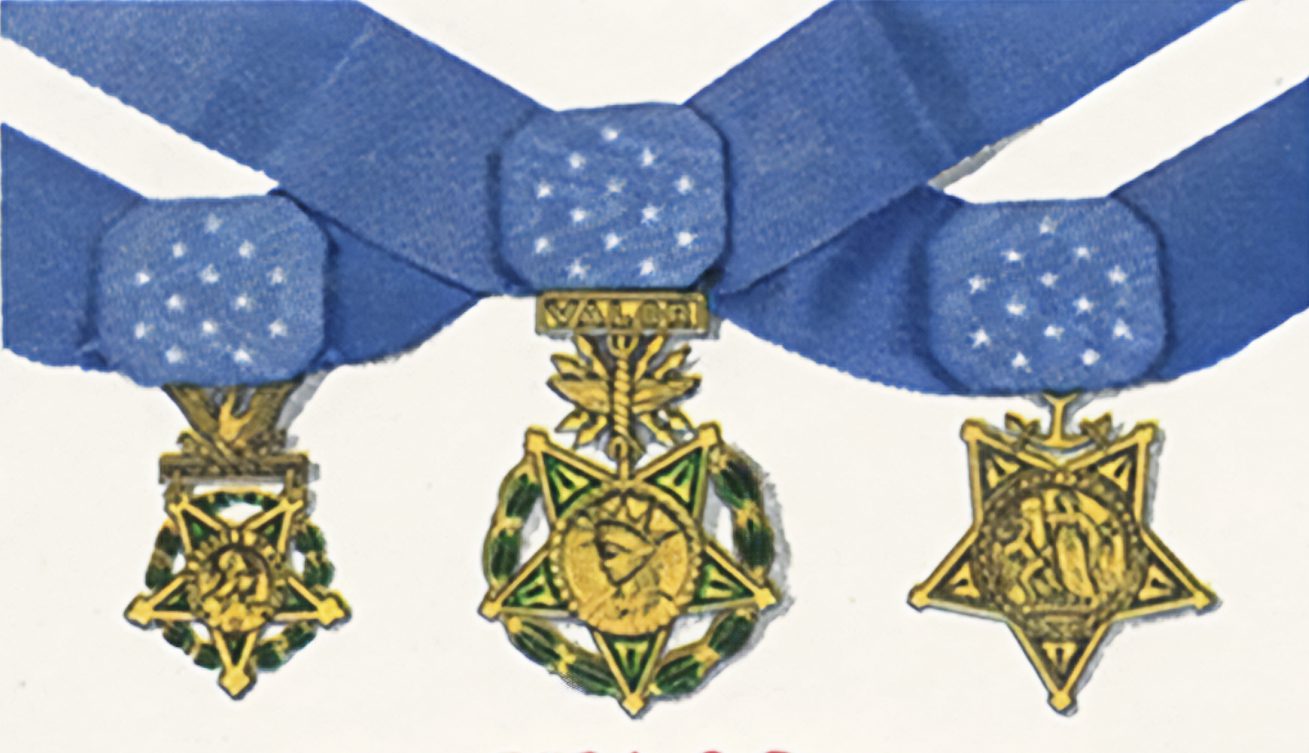Doolittle Raid
On April 18, 1942, Jimmy Doolittle led a daring raid against the Japanese in retaliation for the attack on Pearl Harbor.
Happy Holidays! Enjoy a FREE 2026 Stamp Calendar With Purchases of $100 or More. While Supplies Last

On April 18, 1942, Jimmy Doolittle led a daring raid against the Japanese in retaliation for the attack on Pearl Harbor.

On April 14, 1876, the Emancipation Memorial (also known as the Freedmen’s Memorial Monument) was unveiled in a special ceremony in Washington, DC. Most of the funds raised for the statue came from freed slaves and African American Union veterans.

On April 12, 1961, the US Post Office issued the first stamp in a five-year series honoring major events from the Civil War. Issued for the war’s 100th anniversary, they were the first US stamps to specifically commemorate the conflict.

On March 26, 1862, Confederate forces launched the Battle of Glorieta Pass, aimed at breaking Union control of the West along the base of the Rocky Mountains. It has been called the “Gettysburg of the West” because it was a turning point in the Civil War.

Medal of Honor Day has been celebrated on this day since 1991 to commemorate the awarding of the first six Medals of Honor for the Great Locomotive Chase. Those medals were awarded on March 25, 1863, for their daring actions of April 12, 1862.

On March 17, 1824, William Driver received a US flag that was the first to be called “Old Glory.”

Abolitionist and humanitarian Harriet Tubman died on March 10, 1913, in Auburn, New York. She was the most famous “conductor” on the Underground railroad, helping more than 300 enslaved people escape to freedom.

Civil War General Philip Henry Sheridan was born on March 6, 1831 in Albany, New York. For his service during the war, he was promoted to General of the Army of the United States, which is equal to that of a five-star general.

American soldier and politician Sam Houston was born on March 2, 1793, in Rockbridge County, Virginia. He was a hero of the Texas Revolution and the first president of the Republic of Texas.